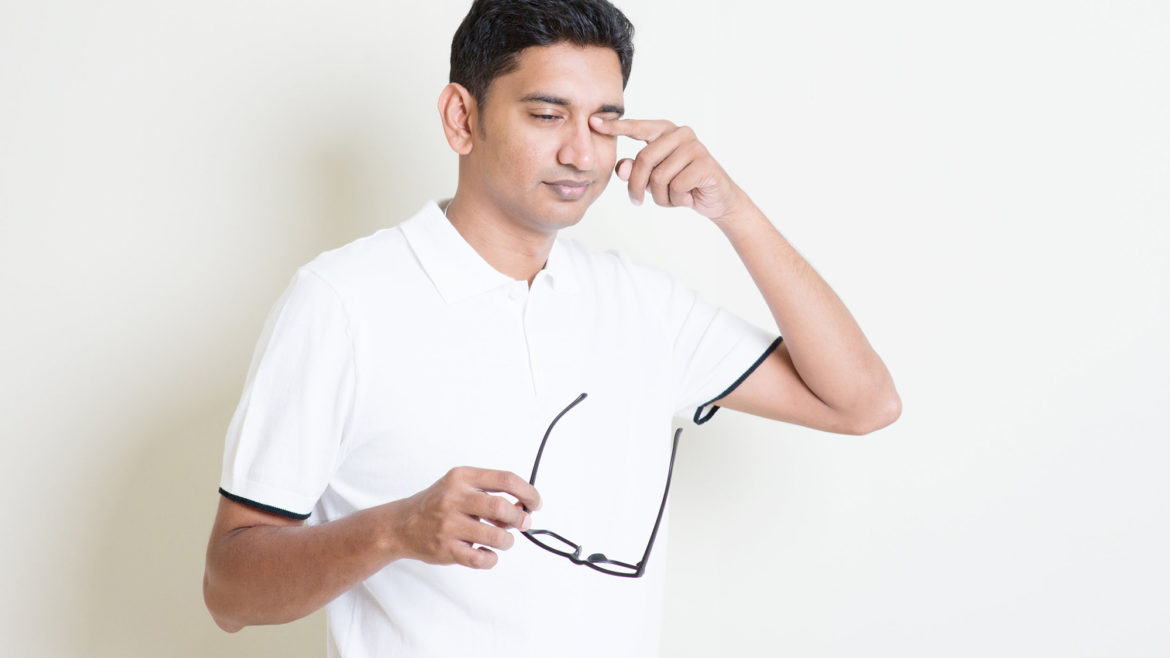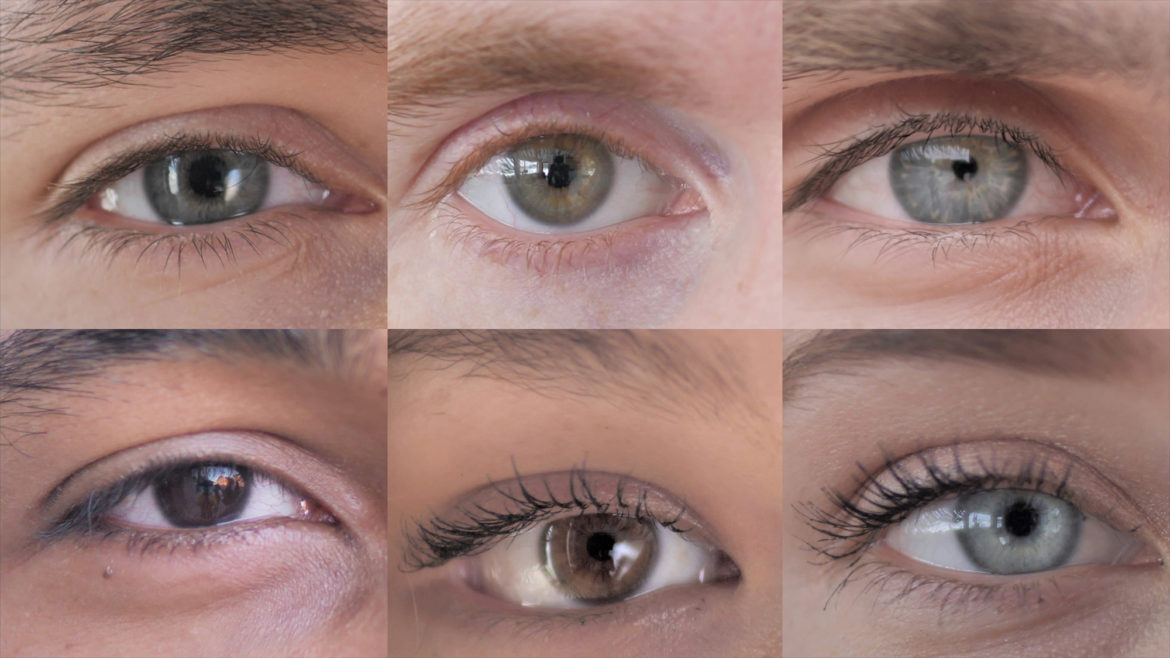Beware the “harmless” touch…
https://divyaeyeclinic.com/wp-content/uploads/2021/06/42871971_m-1024x684.jpg 1024 684 John Welker John Welker https://secure.gravatar.com/avatar/493ecfc0a616c777a6fb18faff193b78?s=96&d=mm&r=gBEWARE THE “HARMLESS” TOUCH…
How many times a day do you rub your eyes?
Most of us do it often enough that we might not even notice it every time it happens. Whether we’re tired, our eyes are dry or itchy, or we get something stuck in one of them. Rubbing them is a quick and easy way to make them feel better, but you are harming them. Every time we rub our eyes, we contaminate them with germs from our fingers, including viruses.
Many different micro-organisms live on our skin, making up an ecosystem called “skin flora.” Some micro-organisms are harmless, while others may cause infections leading to diseases if they breach the skin barrier. The eyes are a vulnerable entry point for such germs and viruses. Our hands pick up these from everything we touch. Most of these germs stay trapped under our fingernails, where they can breed and spread to other surfaces, including the eyes.
How do our eyes defend themselves?
Fortunately, our eyes are not entirely without their defense. Our eyelashes keep out irritants, and blinking helps with that too. We also have the tear film, a three-layer drainage system that protects the cornea from debris and germs that can reach the surface. The trouble with rubbing our eyes is the risk of causing injuries to the cornea that give germs the opening they need to get inside.
How can we protect our eyes from germs?
We cannot always avoid touching our eyes, especially those who wear contact lenses. It is best to keep the contact to a minimum and thoroughly wash our hands with soap before touching them. We should also keep our fingernails trimmed to minimize the ability of germs to hide under them. Germs under fingernails are the main reason medical professionals wear gloves when working with patients! Getting rid of them is hard. In addition, this concern applies to fake nails as much as real ones.
Contact Us With your Eye Infection Concerns
When you experience itchiness, redness, tenderness, watering, or burning in your eyes, you may have an eye infection. Please get in touch with us and get an appointment so we can make sure it’s not something worse. In the meantime, resist rubbing your eyes.



